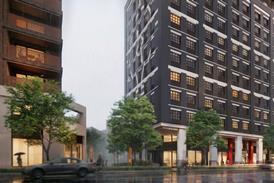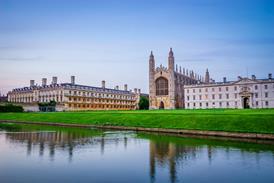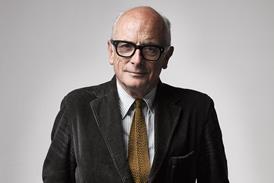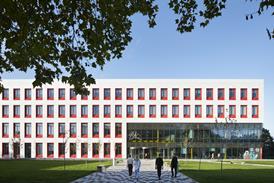- Home
 Green light for DLA’s £425m scheme to build nearly 1,500 homes in Woolwich
Green light for DLA’s £425m scheme to build nearly 1,500 homes in Woolwich University of Cambridge converts Part 2 degree apprenticeship into regular part time course
University of Cambridge converts Part 2 degree apprenticeship into regular part time course Peter Murray launches bid to run for London mayor in 2028
Peter Murray launches bid to run for London mayor in 2028 What made this project… The School of Science, Engineering + Environment (SEE) by Sheppard Robson
What made this project… The School of Science, Engineering + Environment (SEE) by Sheppard Robson
- Intelligence for Architects
- Subscribe
- Jobs
- Events

2025 events calendar Explore now 
Keep up to date
Find out more
- Programmes
- CPD
- More from navigation items
‘A real gentleman’: built environment leaders pay tribute to Terry Farrell following death at 87

RIBA president Chris Williamson describes architect as ‘always a kind, committed and enthusiastic talent’
Professionals and businesses from across the built environment sector have paid tribute to Terry Farrell following the postmodern pioneer’s death at the age of 87.
Farrell, the architect behind the MI6 headquarters in Vauxhall and the former TV-am office in Camden which earned the nickname the Eggcup Building for the eggcup sculptures on its roof, was considered among the most influential British architects of the post-war period.
…
This content is available to registered users | Already registered?Login here
You are not currently logged in.
To continue reading this story, sign up for free guest access
Existing Subscriber? LOGIN
REGISTER for free access on selected stories and sign up for email alerts. You get:
- Up to the minute architecture news from around the UK
- Breaking, daily and weekly e-newsletters
Subscribe to Building Design and you will benefit from:

- Unlimited news
- Reviews of the latest buildings from all corners of the world
- Technical studies
- Full access to all our online archives
- PLUS you will receive a digital copy of WA100 worth over £45
Subscribe now for unlimited access.


